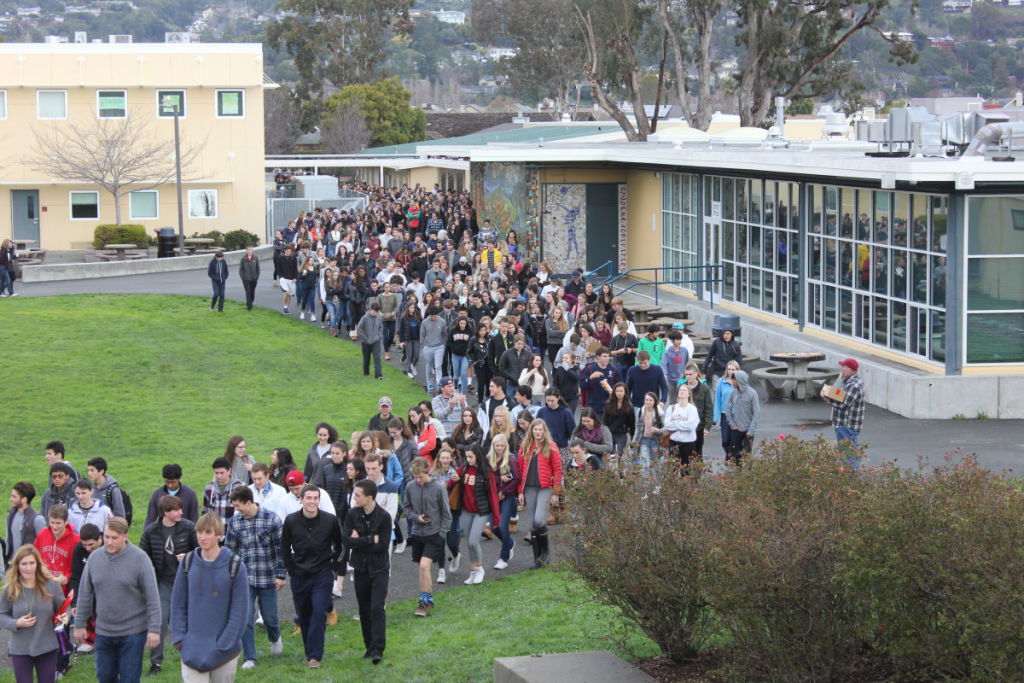No matter what kind of premises you work in, emergency evacuation drills are an essential aspect of fire safety. A fire drill is basically a simulated emergency. Obviously, one of its primary aims is to replicate a situation in which a fire is genuinely taking place, allowing anyone based in the premises to become familiar with what they need to do to leave the area as quickly and safely as possible. It’s also an opportunity for those who have specific responsibilities for fire safety, like fire marshals, to practice what needs to be done and to identify any issues that must be addressed afterwards.
Fire drills should be conducted regularly. Exactly what ‘regularly’ means will be guided to a large extent by the nature of your business and its fire risk assessments but as an absolute minimum, they should be carried out annually – and that assumes everyone will be present at the time. If you have a shift-based business or part time workers, for instance, you’ll need to be mindful about checking that everyone has the opportunity to participate in a drill. Be conscious of the need to make sure new staff are informed about your fire evacuation procedures as soon as they start work too.
Some tips for conducting an effective fire drill
- Before the drill
- Any areas of difficulty on escape routes. Do doors open easily? Are any exits blocked?
- Inappropriate behaviour – are people delaying evacuation by collecting personal items for instance? Are reaction times quick enough?
- Are employees using the closest and most suitable fire escape routes?
- Are any difficulties being experienced by people with particular vulnerabilities? Do people with mobility issues have a safe and effective escape route for instance? Does everyone who needs extra support have a personal emergency evacuation plan that’s working?
- Is the roll call carried out quickly and efficiently once it’s believed the evacuation is complete? Do any issues arise during it?
- Do people return back to the building only once it has been initiated by an authorised individual?
